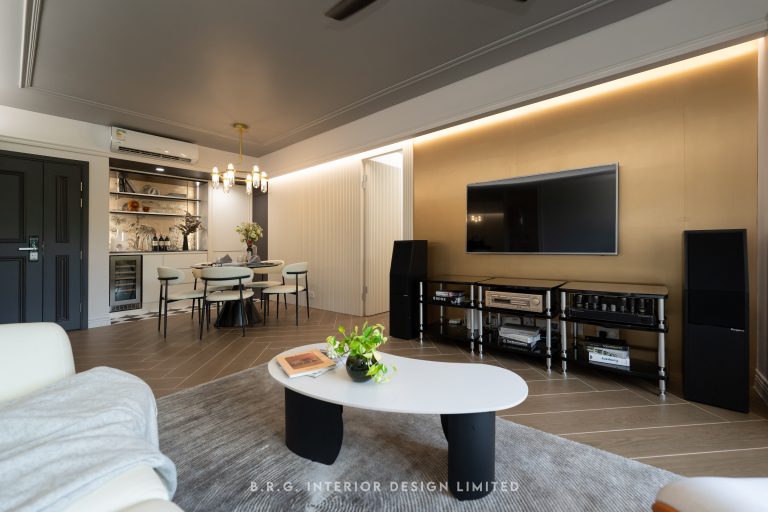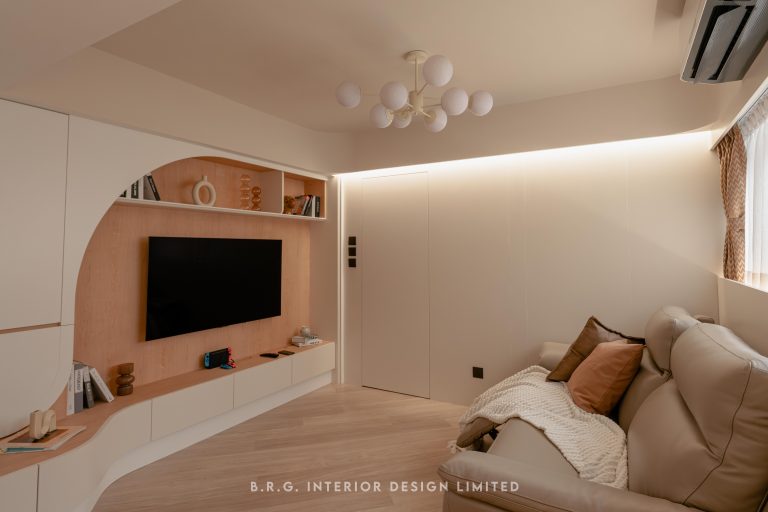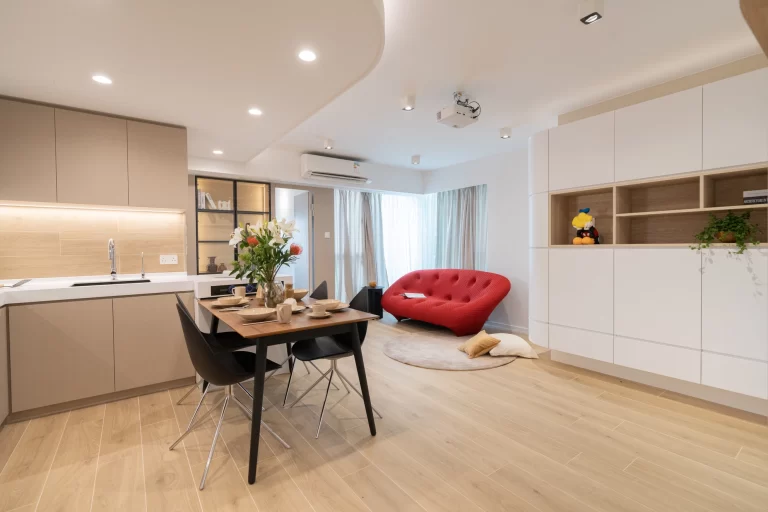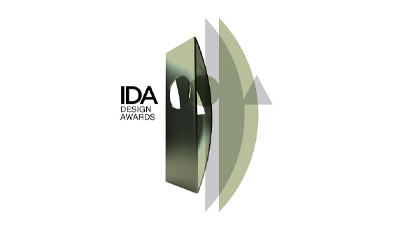- Nature:Residential
- Style:-
- Color:-
- Property:歌和台 Cornwell
- Building Area:1,785sq. ft.
- Practical Area:1,250sq. ft.
Pandemic-Influenced Design
The pandemic has not just changed our style and way of living but, also influenced the direction of interior design in a subtle way. Recently, home owners are paying more attention to the functionality of their houses. Through interior planning, they wish to improve the comfort and ease of living.
The renovated Cornwall Terrace Project is a 1785sq ft unit. The home owner has lived here for over 10 years and hopes to revamp her home with minimal structural changes, giving the home a refreshing and new look. We makes use of the furniture setting and diverse materials and colours, as well as some 'smart home' functionality implemented, to make stay-at-home during the pandemic more exciting and convenient.
Naturally, spending more time at home during the pandemic will begin to clutter your life or home. Therefore, we plans the space effectively and provides 1.5x more storage space than the original setting. The starting point is the mater bedroom: we changed the wardrobe from the left side, to the right hand side of the room which has more space and allowed us to build a larger wardrobe. The larger and longer tailor-made wardrobe with a 1 piece design, looks simple but elegant. In the bedroom corridor, you will find a sliding door made with Chinchilla glass. If we look inside, you will find the clock-room is hiding behind the door. The fine line and organic texture of Chinchilla glass provides privacy and at the same time, the transparency of it allows a more smaller space looks bigger.
How to enjoy the time at home during the pandemic has become a daily conversation among people. More and more clients like to include entertainment elements into it. The house owner of the Cornwall Terrace Project is enthusiastic about music and sound. She wanted to have immersive music experiences at home. We therefore installed embedded audio equipment on both sides of the wardrobe wall. The integrated design between the sound equipment and wardrobe saves more space and has an appealing refreshing look. In this project we used more efficient elements in furniture design. Most of the cabinet doors automatically open and closed with built-in lights featured throughout. This contact-less design is inspired by the on-going global pandemic.
The owner also has a high standard for their bathroom. Originally, the bathroom was a Japanese Furo-inspired design. Although the Furo designed bathroom provides an exotic feeling like travelling, this style is a more rigid and box-like design approach. Considering the safety aspect, we went from a sharp design to a streamlined free-standing bathtub. Making this space into a more relaxing and warmer place for bath time. We deliberately built the bathtub and shower room on a raised platform, allowing the room to look bigger and allow a more harmonious design throughout.
We walk out of the master bedroom and move into the living and dining room. In the original setting, you would see the dining area upon arrival. After the renovation, we built a shoe cabinet that reaches to the ceiling to separate the dining area and the entrance. The new design allows everyone to comfortably sanitise and take off shoes. It also acts as a mood filtering zone when you enter or leave the house. Because we use a different wood colour tones in this area. The colour difference reminds you to embark on your day with the right mindset before leaving the house and starting the day; filleting out any stress upon arriving back home. The entrance, dining and living room are three separate spaces however, they are harmonious in design as we use wooden and marble colour palette as the main theme, with subtle changes in each area.
Finally, the last stop is the kitchen. People prefer to go out less during the pandemic but it also means we need to solve three meals a day at home. We would need more space to store food. We re-organised the storage space using the original pantry size, maximising the space and storage. With this re-organised, we can place a larger refrigerator.
We also, calculated the amount of space required to accommodate the existing items to ensure there will be enough remaining space to meet their future needs.










